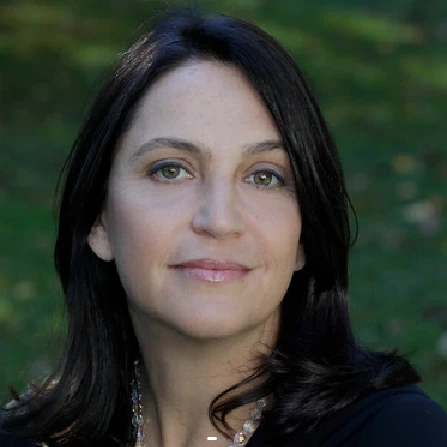These are exciting times in the world of financial inclusion. In the past few years, policymakers and private-sector leaders have made some bold and innovative moves to modernize financial infrastructures and expand financial access. Mobile money products have seen impressive growth in parts of Sub-Saharan Africa; bank agents are expanding access to underserved populations; and governments are increasingly disbursing payments via formal bank accounts.
Nevertheless, large challenges remains in the financial inclusion agenda: 76 percent of adults – almost 500 million people - in Sub-Saharan Africa remain outside the formal financial system and 36% of these unbanked report that having a formal account is too expensive. To continue moving forward we need to assess financial behavior and understand where the challenges and opportunities lie for the future. To do that, we need high-quality, multi-dimensional, comparable financial inclusion data.
And so, in April the World Bank Development Research Group released the Global Findex, an individual-level dataset that measures how adults in 148 economies save, borrow, make payments, and manage risk. The Global Findex is just one of the foundations of the G20 Basic Set of Financial Inclusion Indicators that was formally proposed by the Global Partnership for Financial Inclusion (GPFI) in Los Cabos this week.
The G20 Basic Set reflects several important and related dimensions of financial inclusion. They measure usage and access among individuals and SMEs, and draw upon both user-level and supply-side data, as detailed in a recent CGAP blog by GPFI co-chairs.
Of course, each country has its own financial inclusion challenges and goals. Rwanda, for example, has focused its national financial inclusion strategy on the expansion of Savings and Credit Cooperatives, so policymakers there will likely want additional data to better understand how Rwandans interact with these institutions. This is why the G20 Basic Set is a foundation upon which countries should build using their own financial inclusion data initiatives.
Taken together, however, these indicators do represent a fairly holistic view of financial inclusion on a global scale.
They also point to the fact that we truly can’t tackle one dimension without a keen appreciation of the others.
For example, our new Working Paper (available here) discusses that policymakers seeking to better understand how financing constraints relate to the formation and growth of SMEs would be well served to explore how individuals manage their personal finances. To illustrate, in 2009 and 2010 the Gallup World Poll asked 35,000 adults in Sub-Saharan Africa what sources of financing they would primarily use if they were to start a new business. While only 24 percent mentioned banks or MFIs, 56 percent of respondents said they would take advantage of personal relationships, such as family and friends, and 10 percent said they would turn to community groups or savings clubs.
And a forthcoming paper (available here) using the Kauffman Firm Survey data shows that even in the US, over 75% of new firms use at least some owner equity financing, and about a quarter of firms use owner personal debt. Both of these findings demonstrate that SME finance is inextricably linked to personal finance. Personal finance, in turn, is the product of a complex interplay between income flow, available products, and social customs that, in our view, are most clearly revealed through individual-level data.
Furthermore, one of the reasons we wanted to collect the Global Findex data was to observe patterns of personal financial behavior outside the formal financial system so the public and private sector could respond with appropriate policies and services that complement (or at the very least don’t run counter to) these behaviors. For example, we now know that 39% of women savers in Sub-Saharan Africa save using a community-based savings group like a ROSCA and not a bank (compared to 29% of men). The ability of these women to commit to regular savings suggests a potential market opportunity to offer formal savings products. And while some of the popularity of these savings groups may be attributed to obstacles to formal access, there may also be something appealing about the structure of these groups that is not available via formal financial institutions.
The Global Findex also asks the unbanked the reason why they don’t have a formal account. Importantly, adults who save informally report finding the physical, bureaucratic and cost barriers to opening a formal account to be especially prohibitive.
The question then becomes how public and private sector initiatives can capitalize on this knowledge to tailor new products and services to how people already go about managing their finances. Mobile money products are an ingenious example of how to facilitate and formalize behavior that is already taking place, without adding onerous new restrictions or costs.
And so, for us, data is the key. The Global Findex and G20 Basic Set are big steps in expanding our understanding of the financial inclusion landscape and motivating policymakers and private sector leaders to continue and build upon their efforts thus far.



Join the Conversation